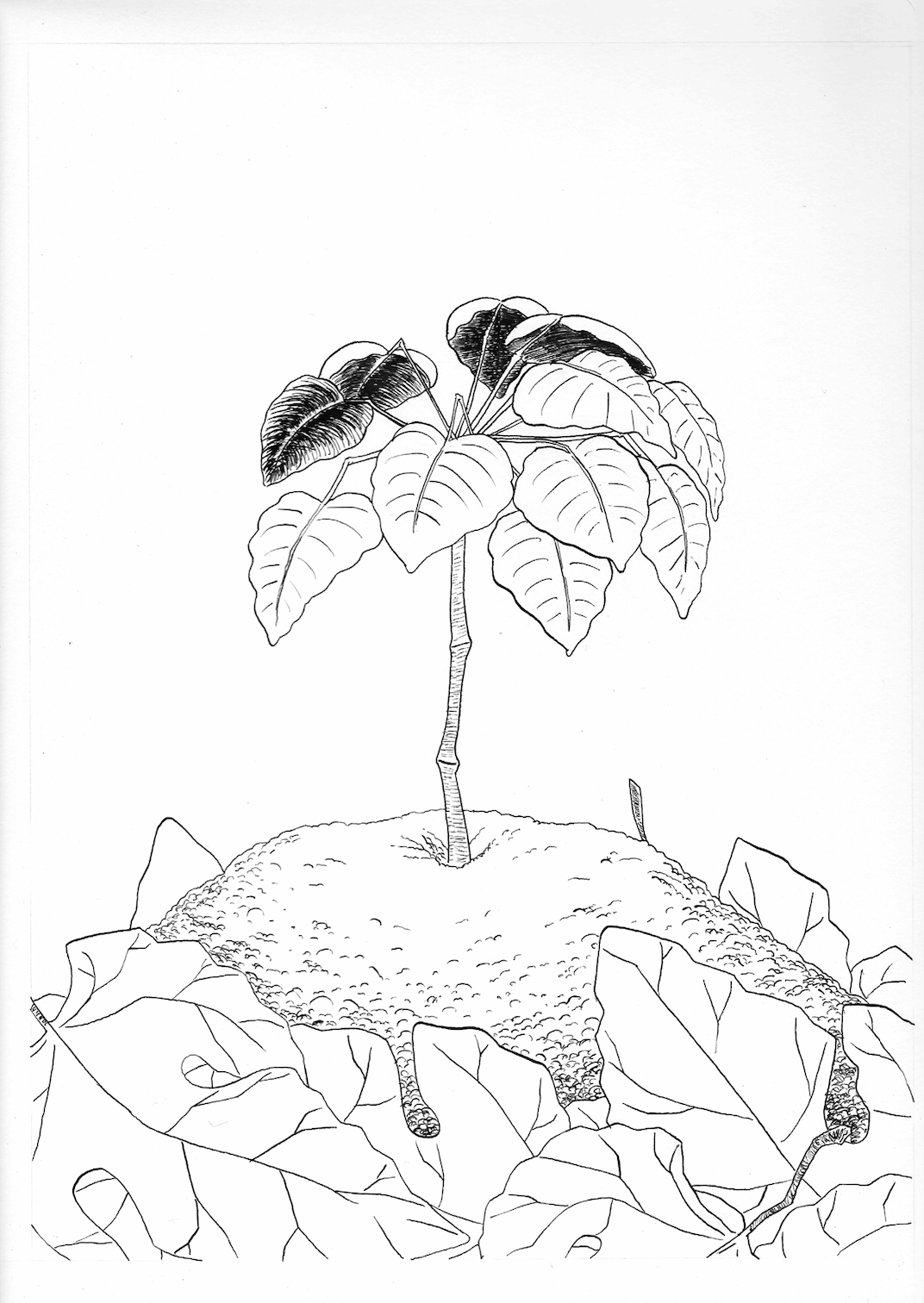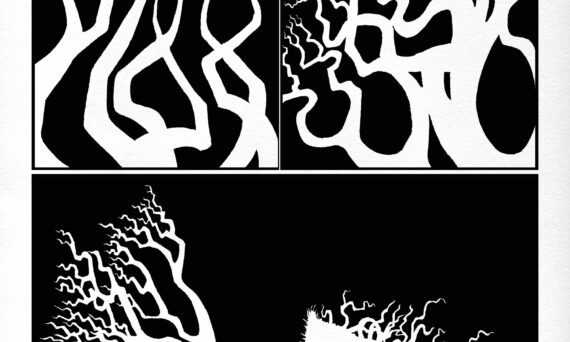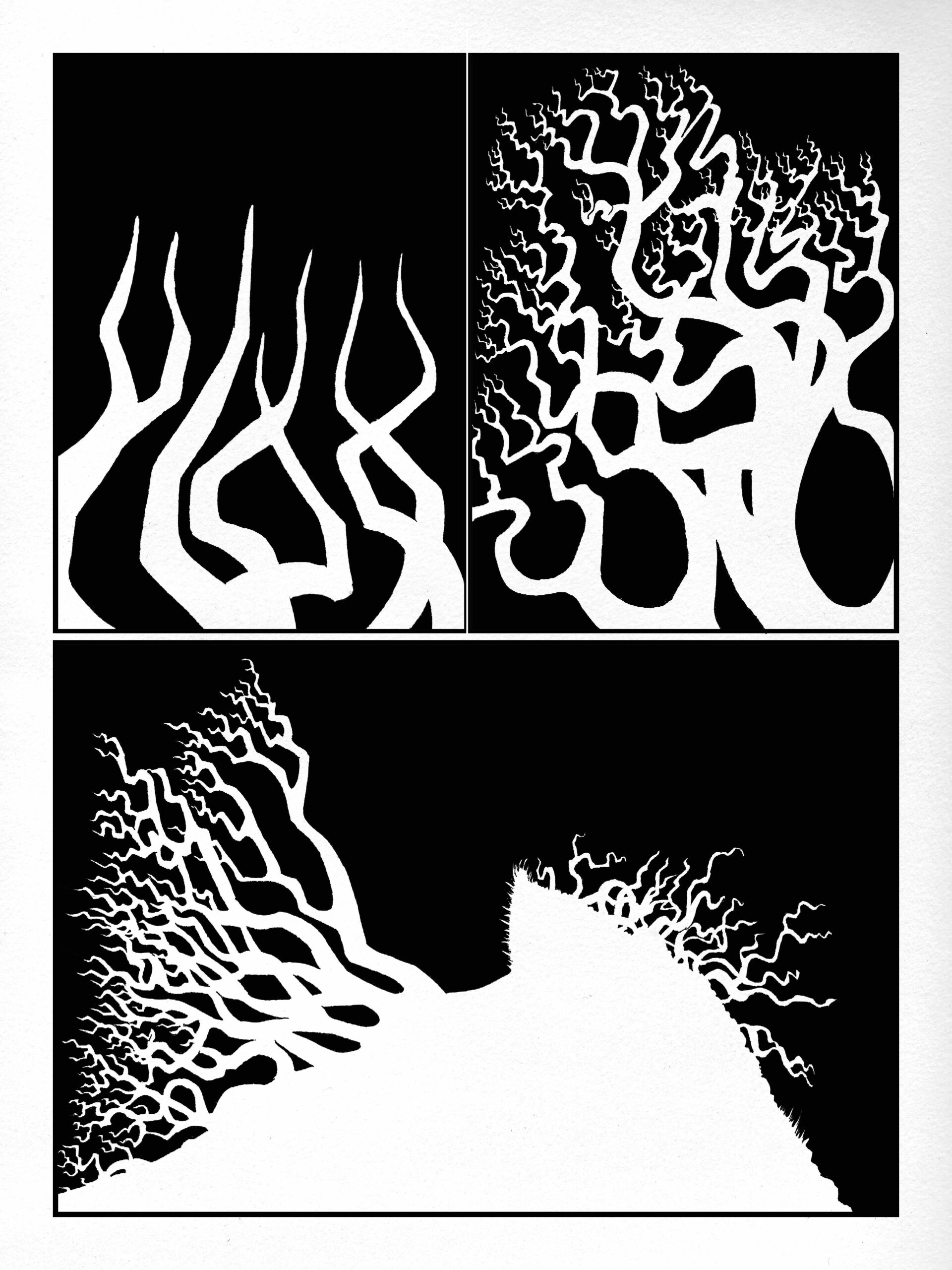The Ninth Station: Resurrection
Keaton Sapp’s ninth and final station in his series, The Stations of the Cross is installed in the church foyer. (You may read my thoughts on the eighth station on my blog, BackwardMutters.com). When he and I began discussing this project and making plans in November, we had no idea how this would play out. I had hoped that we actually would be able follow each week the unfolding of Jesus’s last hours, how we might walk the stations on Good Friday and Holy Saturday, and how we might celebrate together the unwrapping of art and the glory of Christ’s resurrection. In addition, I hoped that we would’ve had a reception for Keaton and the artwork by this time. But as we’ve grown accustomed to saying, Things change. Neverthless, though this is the last piece, I am still hoping to have something in which we might share and in sharing might be able to experience the whole.
Keaton’s last piece is titled, “The Resurrection.” The tree that was pulled down, has now been raised in new life. In Luke 24:4-12 we read,
While they were perplexed about this, behold, two men stood by them in dazzling apparel. And as they were frightened and bowed their faces to the ground, the men said to them, “Why do you seek the living among the dead? He is not here, but has risen. Remember how he told you, while he was still in Galilee, that the Son of Man must be delivered into the hands of sinful men and be crucified and on the third day rise.” And they remembered his words, and returning from the tomb they told all these things to the eleven and to all the rest. Now it was Mary Magdalene and Joanna and Mary the mother of James and the other women with them who told these things to the apostles, but these words seemed to them an idle tale, and they did not believe them. But Peter rose and ran to the tomb; stooping and looking in, he saw the linen cloths by themselves; and he went home marveling at what had happened.
The promise of the resurrection is mirrored in many ways throughout God’s creation. There is, however, no reason that it should be – that life comes through death. We wonder at that season of Spring. We are so delighted to see the turn, to see what is described in miraculous terms: beauty, life, thriving, rising. We respond to the news of resurrection with suspicion and skepticism. We hear of the empty tomb, and we think them an idle tale. Even so, here is the opened tomb, empty, with the linen cloths by themselves. How from this sealed, dead place, can life emerge? The resurrection is not merely a metaphor or a symbol. Rather it is the reality which is echoed all around us in and through creation. He who was dead has risen just as he said!

Artwork: © Keaton Sapp 2020, “The Resurrection” Pen and ink. All Rights Reserved.



